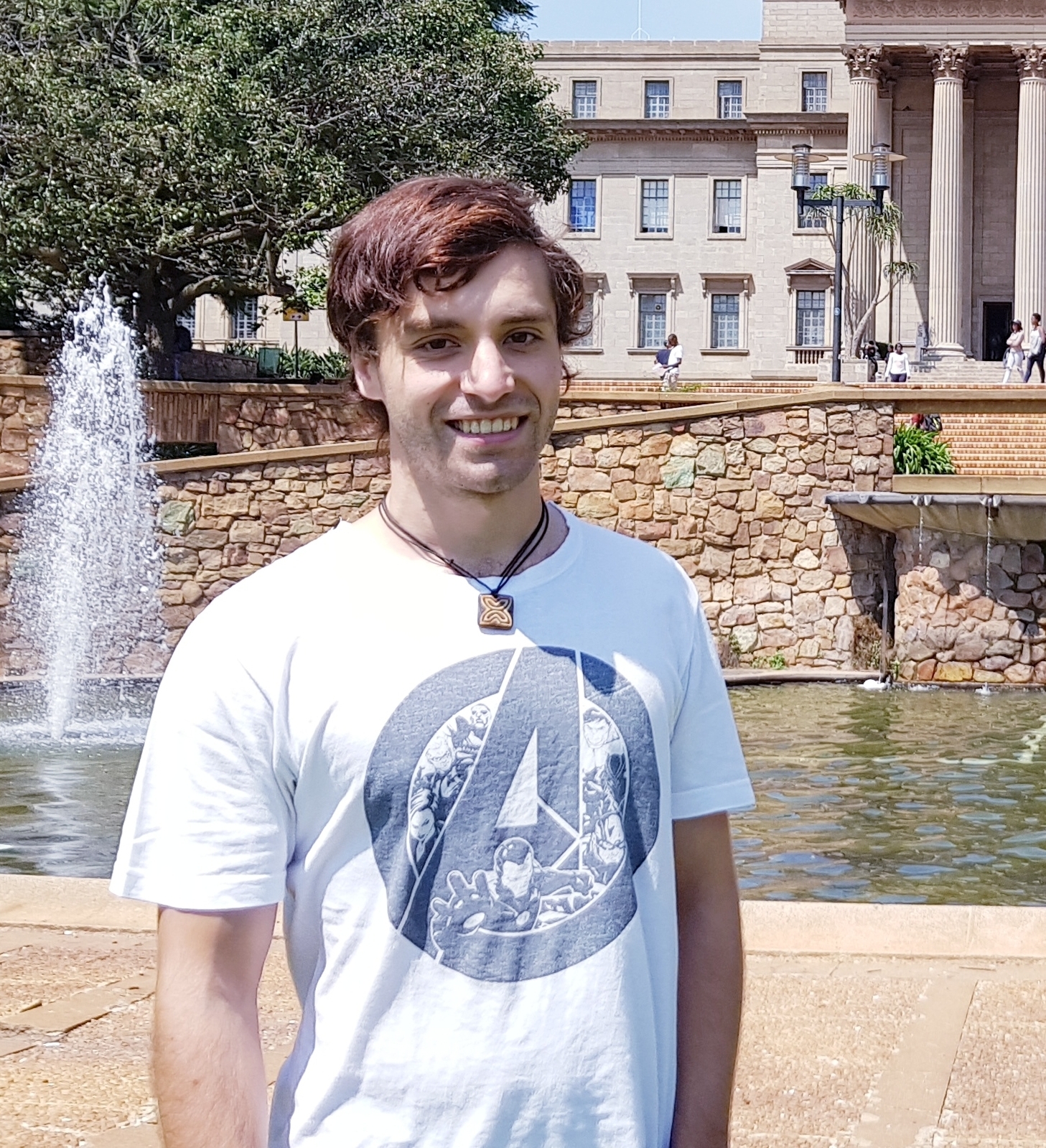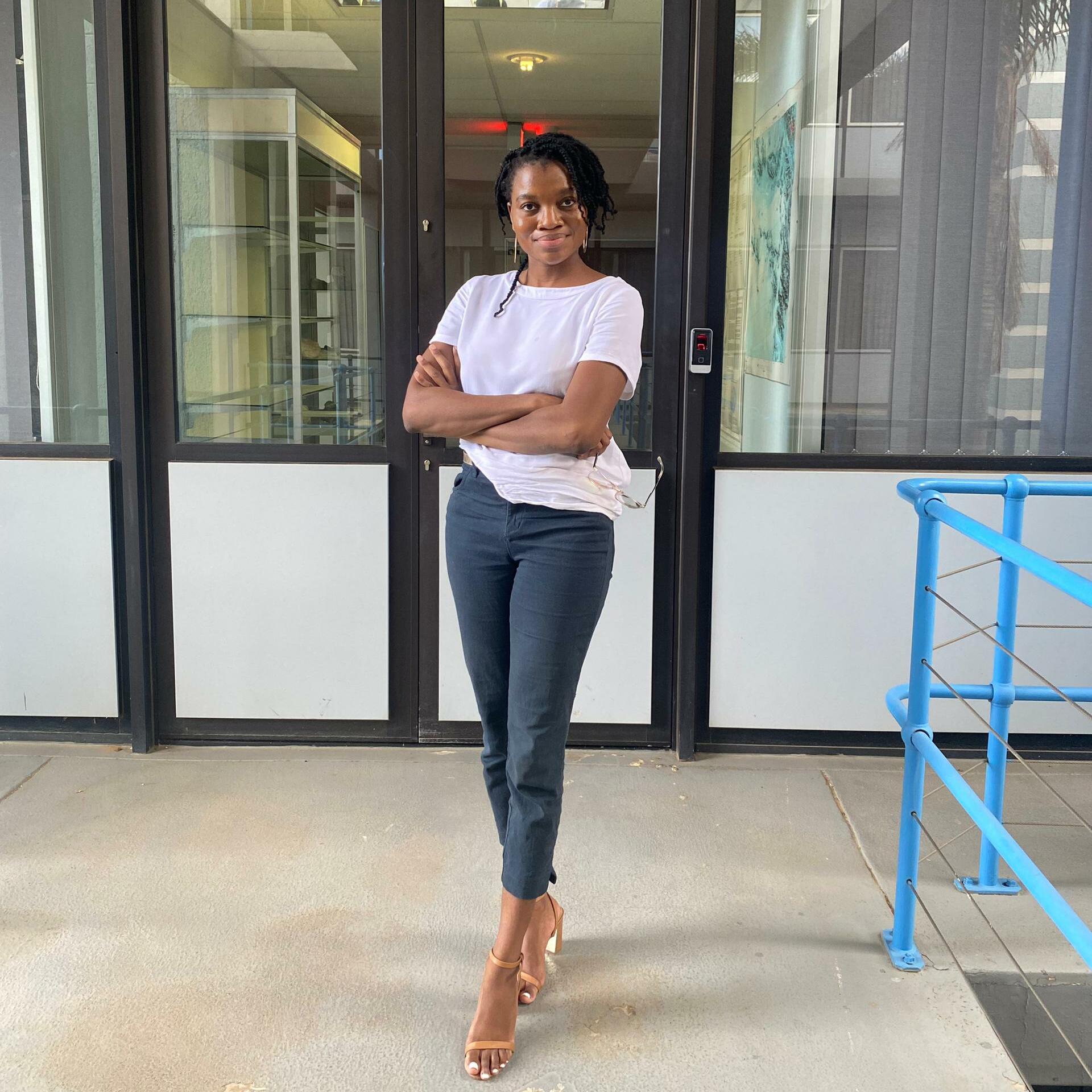Astronomy and Astrophysics
We focus on connecting fundamental physics with astronomical observations to understand the fundamental laws of the Universe, and to unravel the nature of dark matter and dark energy. In particular, our active research directions include the epoch of reionization, extragalactic astronomy, the early Universe, dark matter indirect detection, neutron stars and black holes. We heavily involve in South Africa’s MeerKAT, Square Kilometre Array (SKA), Hydrogen Epoch of Reionization Array (HERA) telescopes, LSST (Vera C. Rubin Observatory), FAST telescope and CMB Stage-4, and also use data from Atacama Cosmology Telescope, South Pole Telescope, ESO’s Kilo-Degree Survey (KiDS), and Dark Energy Survey Instrument (DESI).
Personnel

Dr. Anslyn John (PhD: University of KwaZulu-Natal (2012))
Position: Lecturer
Interests: General Relativity, Theoretical cosmology, Relativistic Astrophysics
Tel: +27 21 808 3371
Office: 1028 Merensky Building
Google Scholar: Profile
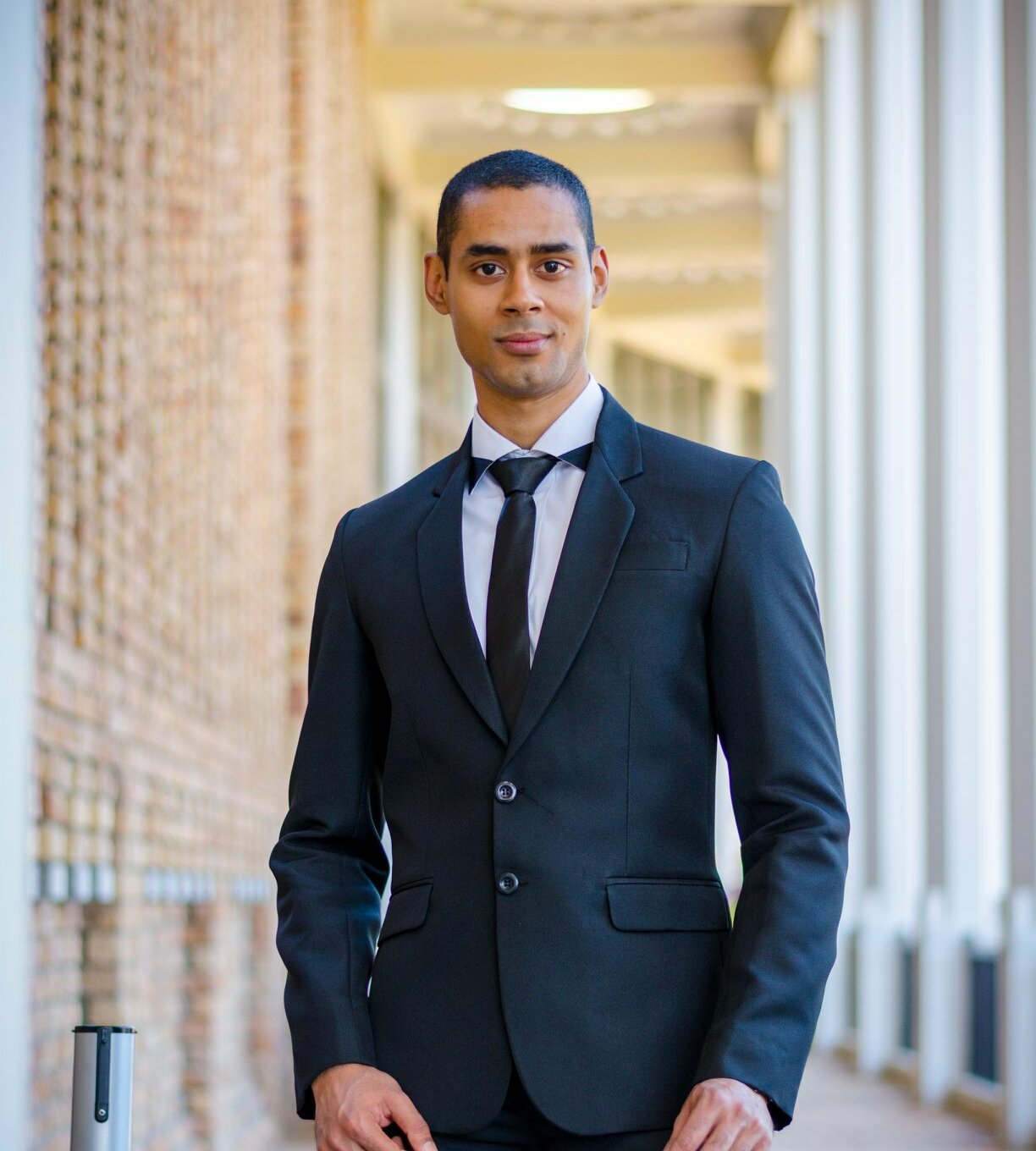
Dr. Sheean Jolicoeur (PhD: University of the Western Cape (2019))
Position: Postdoctoral Fellow
Interests: Theoretical and computational Cosmology, Forecasting algorithms (Fisher and MCMC)
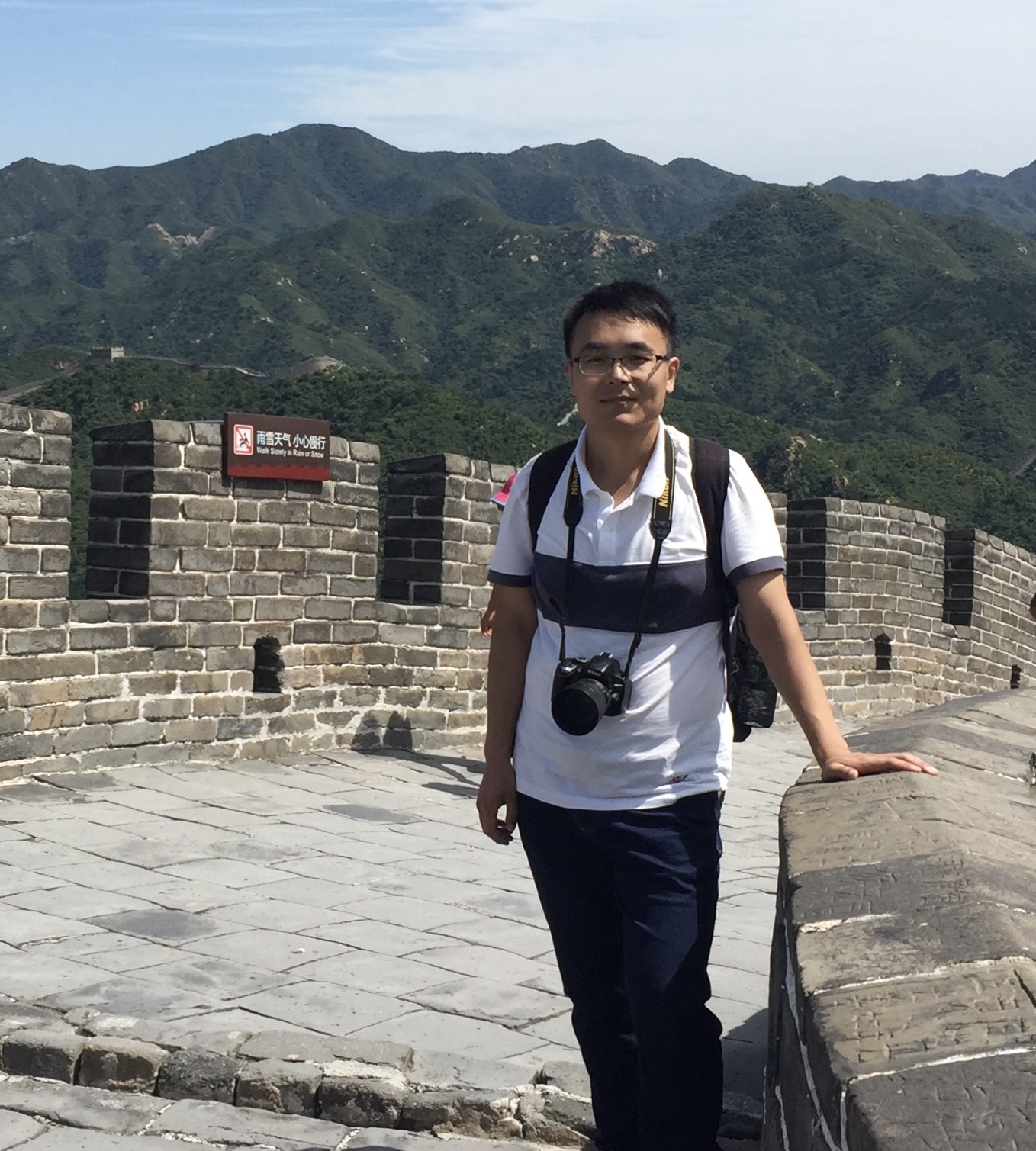
Dr. Guo-Jian Wang (PhD: Beijing Normal University (2020))
Position: Postdoctoral Fellow
Interests: Machine Learning, 21-cm Cosmology
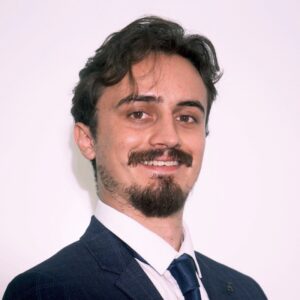
Mr. Clinton Stevens
PhD Student
Interests: 21-cm Cosmology, Epoch of Reionization

Mr. Phillip Badenhorst
PhD Student
Interests: Dark Matter, Neutron Stars

Mr. Jaymie Van der Merwe
MSc Student
Interest: theoretical cosmology
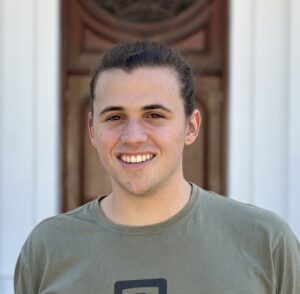
Mr. John Powell
Intern
Interests: Big-Bang Nucleosynthesis, Early Universe
If you wish to contact us, please use this contact form and we will get back to you.
Research
Research Interests:
- Radio Astronomy: Epoch of Reionization, Dark Matter search in radio wavelength, Pulsar Timing Array, 21-cm Intensity Mapping
- Extragalactic Astronomy: galaxy peculiar velocity field, thermal and kinetic Sunyaev-Zel’dovich effect, dynamics of local group, near-field cosmology
- Theoretical Cosmology: the cosmic microwave background radiation, observational tests of inflation, gravity theories
Current Collaboration Projects:
- Hydrogen Epoch Reionization Array (HERA): Calibration and power spectra analysis
- Square Kilometer Array (SKA) team: EoR, HI, Cosmology Science working groups
- Rubin Observatory (LSST) science team
- CMB Stage-4 Survey
Institutional Collaboration:
The Kapetyn Astronomical Institute, University of Groningen, Netherlands
Collaborators:
- Prof Rene Breton, The University of Manchester
- Prof Xuelei Chen, National Astronomical Observatory, China
- Prof Clive Dickinson, The University of Manchester
- Prof Yu Gao, Institute of High Energy Physics
- Prof Hongjian He, Shanghai JiaoTong University
- Prof Di Li, National Astronomical Observatory, China
- Prof Douglas Scott, University of British Columbia
- Prof Aaron Parsons, University of California at Berkeley
- Prof Denis Tramonte, Xian-JiaoTong Liverpool University
- Prof Ludovic Van Waerbeke, University of British Columbia
- Prof Amanda Weltman, University of Cape Town
- Prof Qiang Yuan, Purple Mountain Observatory
Media
Searching for Axion Dark Matter —NITheCS Seminar.
NItheCS Seminar on viscous dark matter by Dr. Anslyn John
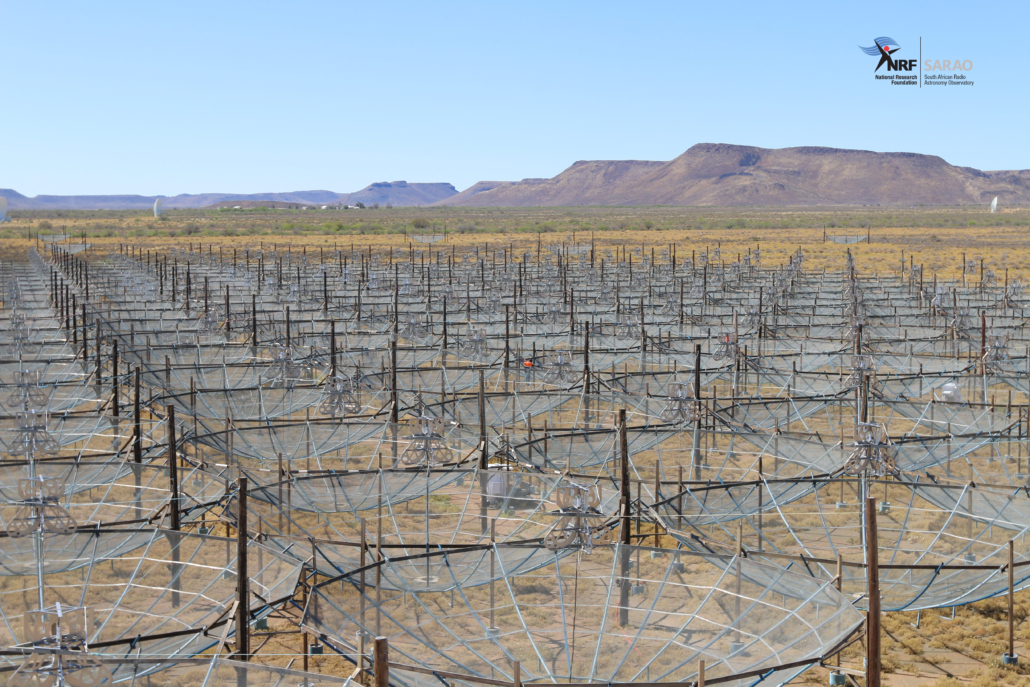
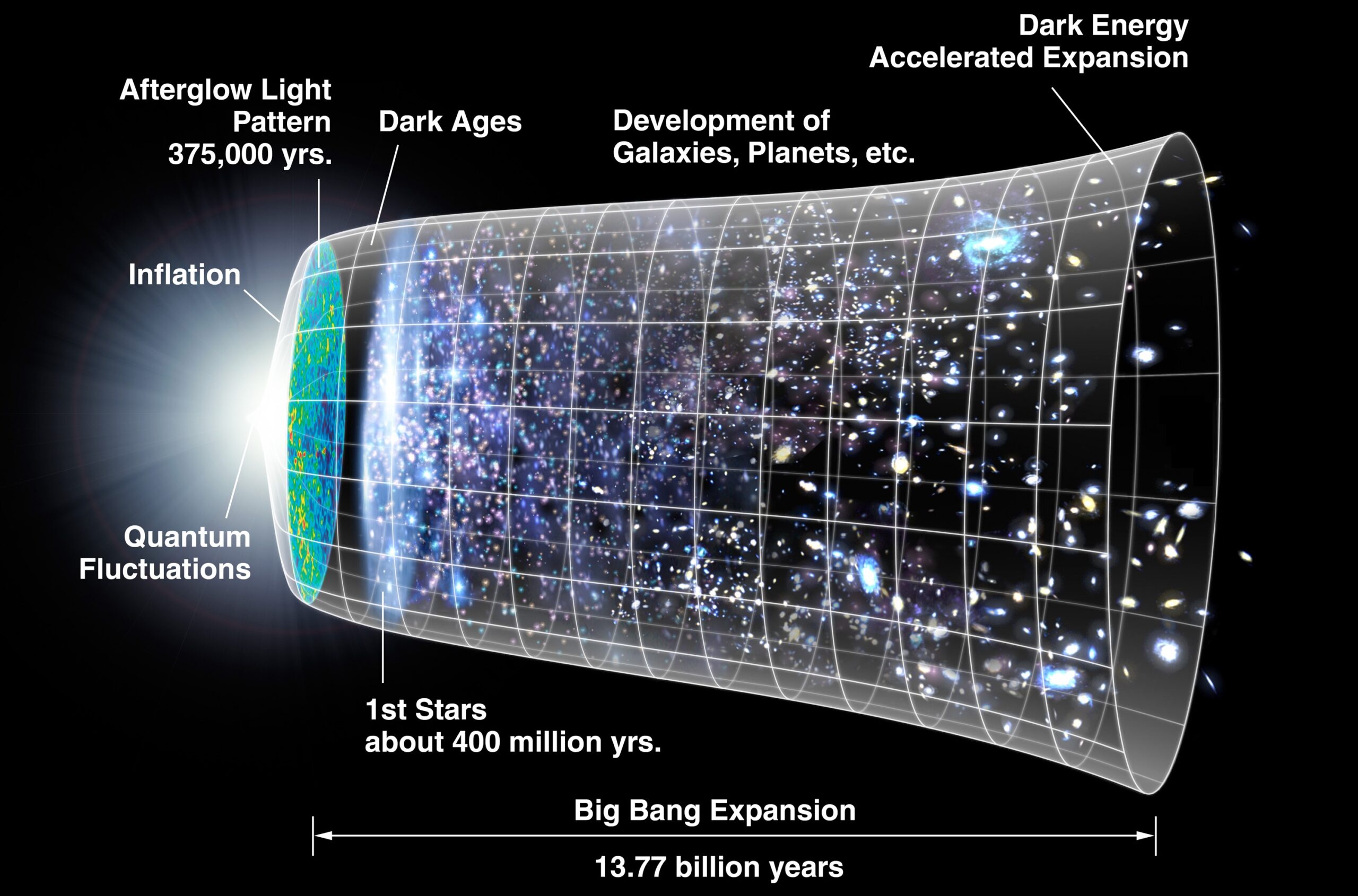
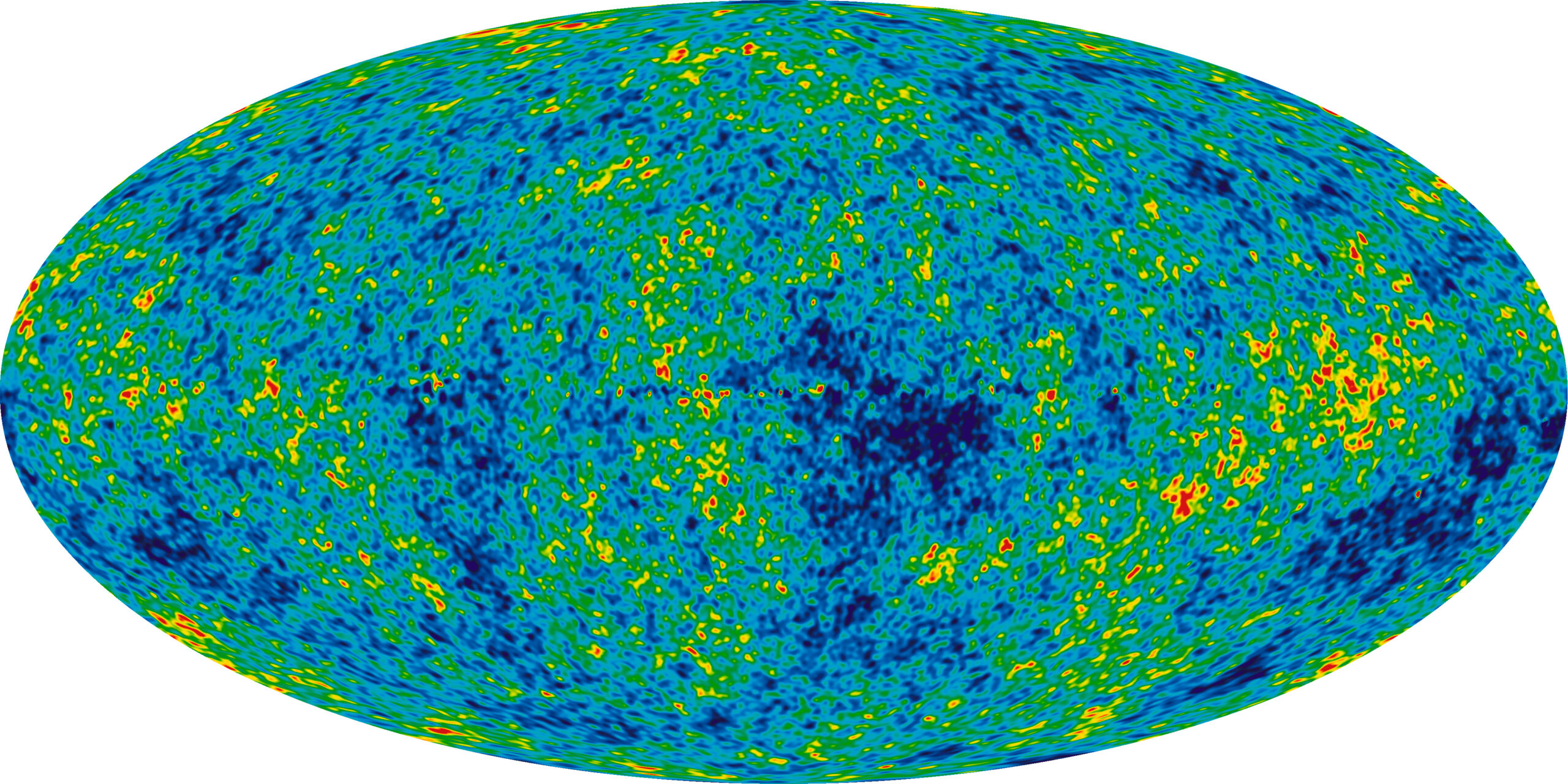
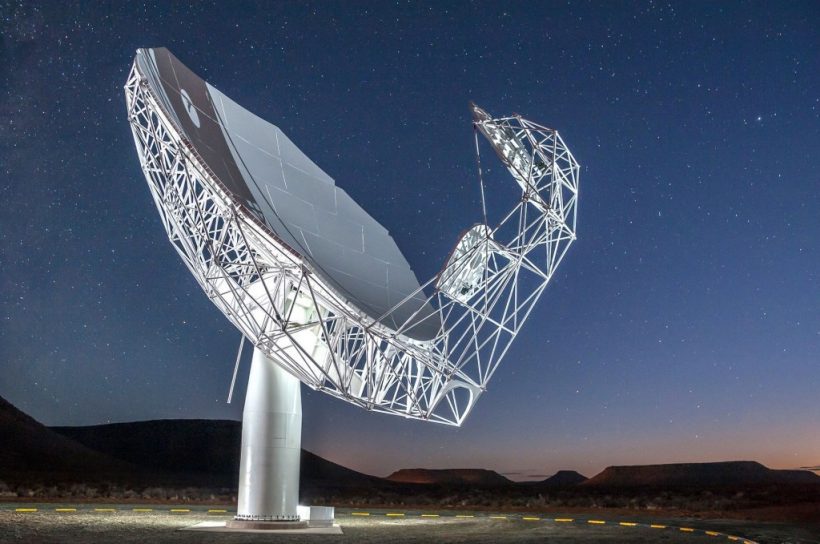
Recent Research Highlight
1. Examination of cosmic-ray electrons with solar gamma rays
TeV-range cosmic ray electrons and positrons (CREs) have been directly observed in quests to uncover new physics or unidentified astrophysical origins. These CREs possess the capability to elevate solar photons’ energies into gamma ray ranges through inverse-Compton scattering. In Yang et al. (2023), we investigate the prospective augmentation of the inverse Compton emission spectrum due to a potential surplus of CREs. The diagram illustrates the plausible signal (depicted by residual black lines) within the solar gamma ray spectrum incorporating the CRE surplus. This surplus signal can be examined through extensive observations utilizing water Cherenkov telescopes.
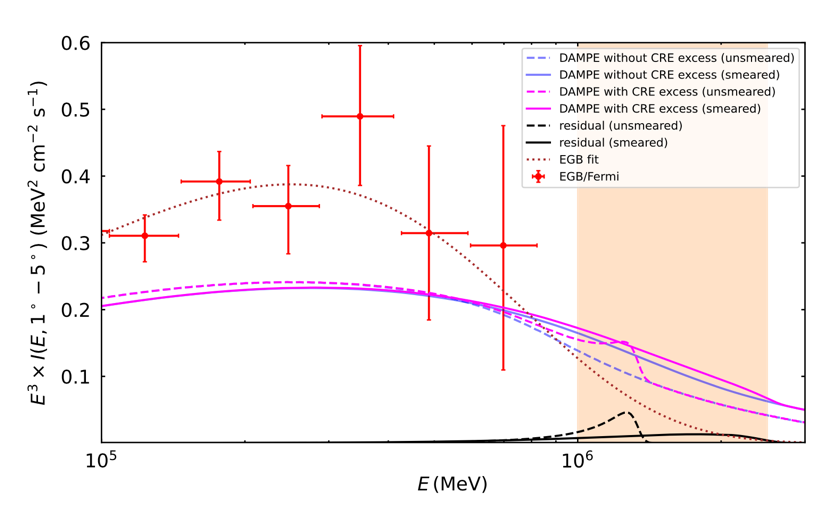
2. Detection of the Integrated Sachs-Wolfe effect (ISW) and thermal Sunyaev-Zeldovich effect cross-correlations
The Integrated Sachs-Wolfe (ISW) effect refers to the redshift or blueshift experienced by cosmic microwave background photons due to the evolving gravitational potential, which, in principle, is correlated with thermal gas on large scales. In Ibitoye et al. (2024), we successfully detected this phenomenon using Planck data with a confidence level of 3.6 sigma. The left panel illustrates the real SZ-ISW correlated power spectrum alongside 100 simulations represented by colored curves, while the right panel displays the signal-to-noise ratio of the genuine SZ-ISW correlation compared to the 100 simulations. Additionally, we employed the cross-correlation power spectrum, as well as tSZ and ISW auto-spectra, to constrain cosmological parameters, yielding intriguing results concerning parameters such as H_0 and S_8. For further elaboration, interested readers are encouraged to consult Ibitoye et al. (2024).
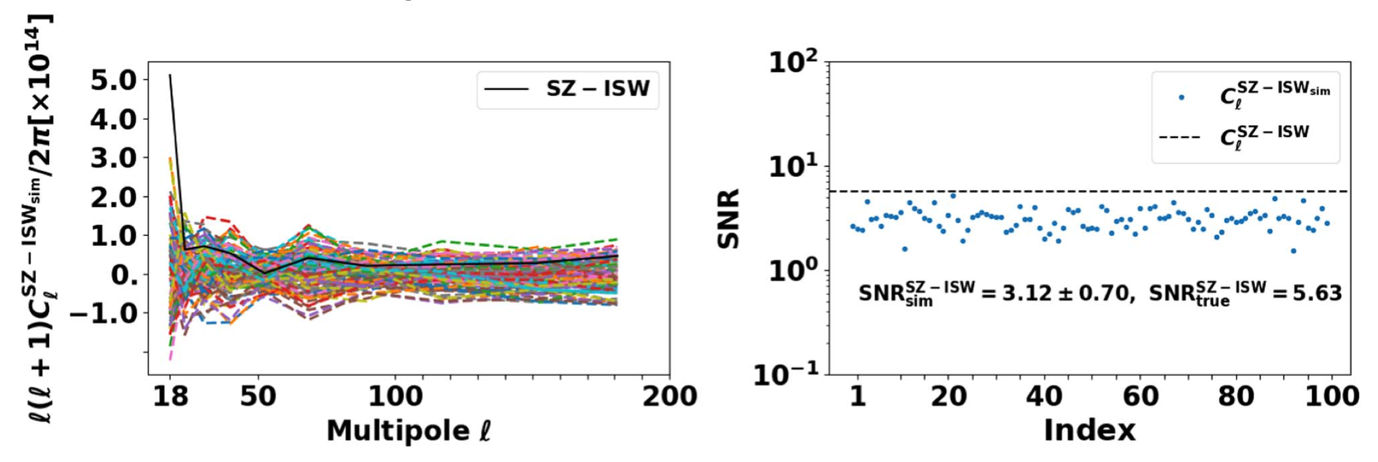
3. Cosmic web’s contribution to FRB’s dispersion measure (DM)
In Walker et al. (2024), we utilized the cosmological simulation “IllustrisTNG” to investigate the dispersion measures (DMs) of fast radio bursts (FRBs) accumulated as they traverse various types of large-scale structure (LSS). Along randomly selected sightlines, we pinpointed halos, filaments, voids, and collapsed structures and computed their respective contributions to DM. As depicted in the right panel, our analysis revealed that filamentary structures predominantly contribute to DM, increasing from approximately 71% to about 80% on average for FRBs for redshift range [0.1, 5]. Conversely, the contribution from halos decreases, while the contribution from voids remains relatively constant, fluctuating within approximately 1%. The primary source of DM variability among sightlines stems from halo and filamentary environments, suggesting that sightlines traversing voids exclusively could serve as more accurate probes for cosmological parameters.
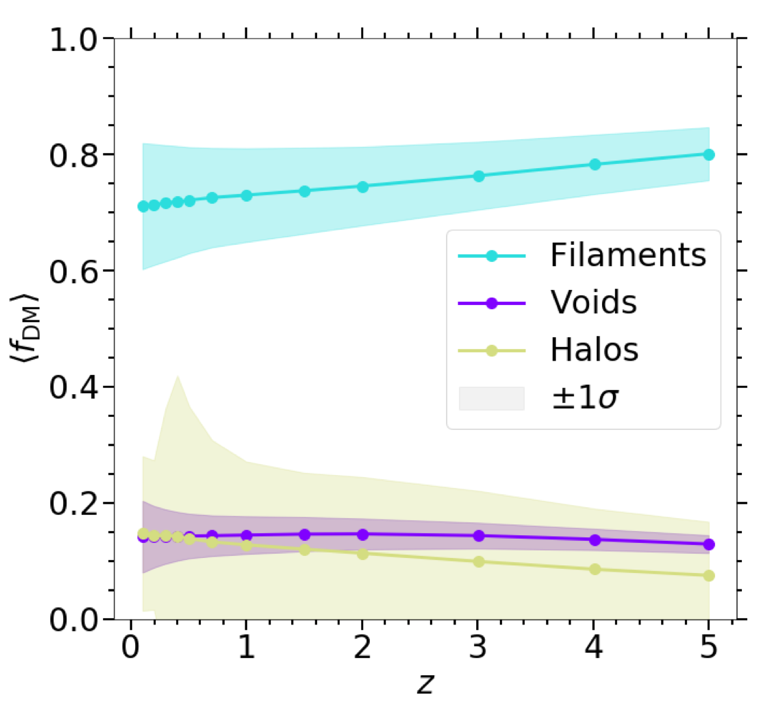
Publication
2024
14. Constraining holographic dark energy and analyzing cosmological tensions. Xin Tang, Yin-Zhe Ma, Wei-Ming Dai, Hong-Jian He, 2024, Physics of the Dark Universe, 46, 101568, arXiv: 2407.08427 https://doi.org/10.1016/j.
13. FAST survey of Hi and OH absorption towards extragalactic radio sources. Yogesh Chandola, D.J.Saikia, Yin-Zhe Ma, Zheng Zheng, Chao-Wei Tsai, Di Li, Denis Tramonte, and Hengxing Pan, 2024, Monthly Notices of the Royal Astronomical Society in press, arXiv: 2406. 20026
12. Hydrogen Epoch of Reionization Array (HERA) Phase II Deployment and Commissioning. Lindsay M. Berkhout et al. (including Yin-Zhe Ma), 2024, Publications of the Astronomical Society of the Pacific, 136, 045002, arXiv: 2401.04304 https://doi.org/10.1088/1538-3873/ad3122
11. Constraining primordial non-Gaussianity using Neural Networks. Chandan G. Nagarajappa, & Yin-Zhe Ma, 2024, Monthly Notices of the Royal Astronomical Society, 529, 3289-3300, arXiv: 2403.02115 https://doi.org/10.1093/mnras/stae679
10. Cross-correlation of cosmic voids with thermal Sunyaev-Zel’dovich data. Gang Li, Yin-Zhe Ma, Denis Tramonte, Guo-Liang Li, 2024, Monthly Notices of the Royal Astronomical Society, 27, 2663-2671, arXiv: 2311.00826 https://doi.org/10.1093/mnras/stad3396
9. Cross-correlation between the thermal Sunyaev-Zeldovich effect and the Integrated Sachs- Wolfe effect. Ayodeji Ibitoye, Wei-Ming Dai, Yin-Zhe Ma, Patricio Vielva, Denis Tramonte, Amare Abebe, Aroonkumar Beesham, Xuelei Chen, 2024, The Astrophysical Journal Supplement Series (ApJS), 270, 16, arXiv: 2310.18478 https://doi.org/10.3847/1538-4365/ad08c5
8. The Dispersion Measure Contributions of the Cosmic Web. Charles R. H. Walker, Laura G. Spitler, Yin-Zhe Ma, Cheng Cheng, M. Celeste Artale, Cameron Hummels, 2024, Astronomy and Astrophysics, 683, A71, arXiv: 2309.08268 https://doi.org/10.1051/0004-6361/202347139
7. HI content of selected mid-infrared bright, starburst blue compact dwarf galaxies. Yogesh Chandola, Di Li, Chao-Wei Tsai, Guodong Li, Yingjie Peng, Pei Zuo, Travis McIntyre, Yin-Zhe Ma, Daniel Stern, Roger Griffith, Thomas Jarrett, Peter Eisenhardt, Chantal Balkowski, 2024, Monthly Notices of the Royal Astronomical Society, 527, 603-619, arXiv: 2310.02202 https://doi.org/10.1093/mnras/stad3018
2023
6. Solar gamma ray probe of local cosmic ray electrons. Hong-Gang Yang, Yu Gao, Yin-Zhe Ma, Roland M. Crocker, 2023, Physical Review D (Letter) 108, L061304 https://journals.aps.org/prd/pdf/10.1103/PhysRevD.108.L061304
5. Implications for primordial black holes from cosmological constraints on scalar-induced gravitational wave. Junsong Cang, Yin-Zhe Ma, Yu Gao, 2023, The Astrophysical Journal, 949, 64 (6 pages), arXiv: 2210.03476 https://iopscience.iop.org/article/10.3847/1538-4357/acc949/pdf
4. Constraints on dark matter annihilation from the FAST observation of the Coma Berenices dwarf galaxy. Wen-Qing Guo, Yichao Li, Xiaoyuan Huang, Yin-Zhe Ma, Geoff Beck, Yogesh Chandola, Feng Huang, 2023, Physical Review D, 107, 103011, arXiv: 2209.15590 https://journals.aps.org/prd/pdf/10.1103/PhysRevD.107.103011
3. GMRT HI mapping of mid-infrared bright Blue Compact Dwarf Galaxies W1016+3754 & W2326+0608. Yogesh Chandola, Chao-Wei Tsai, Di Li, Chandreyee Sengupta, Yin-Zhe Ma, Pei Zuo, 2023, Monthly Notices of the Royal Astronomical Society, 523, 3848-3862 https://doi.org/10.1093/mnras/stad1618
2. CoLFI: Cosmological Likelihood-free Inference with Neural Density Estimators. Guo-Jian Wang, Cheng Cheng, Yin-Zhe Ma, Jun-Qing Xia, Amare Abebe, and Aroonkumar Beesham, 2023, The Astrophysical Journal Supplement Series, 268, 7 https://doi.org/10.3847/1538-4365/ace113
1. Cross-Correlation Forecast of CSST Spectroscopic Galaxy and MeerKAT Neutral Hydrogen Intensity Mapping Surveys. Yu’er Jiang, Yan Gong, Meng Zhang, Qi Xiong, Xingchen Zhou, Furen Deng, Xuelei Chen, Yin-Zhe Ma, and Bin Yue, 2023, Research in Astronomy and Astrophysics, 23, 075003 (12 pages) https://iopscience.iop.org/article/10.1088/1674-4527/accdc0/pdf
Acknowledgement
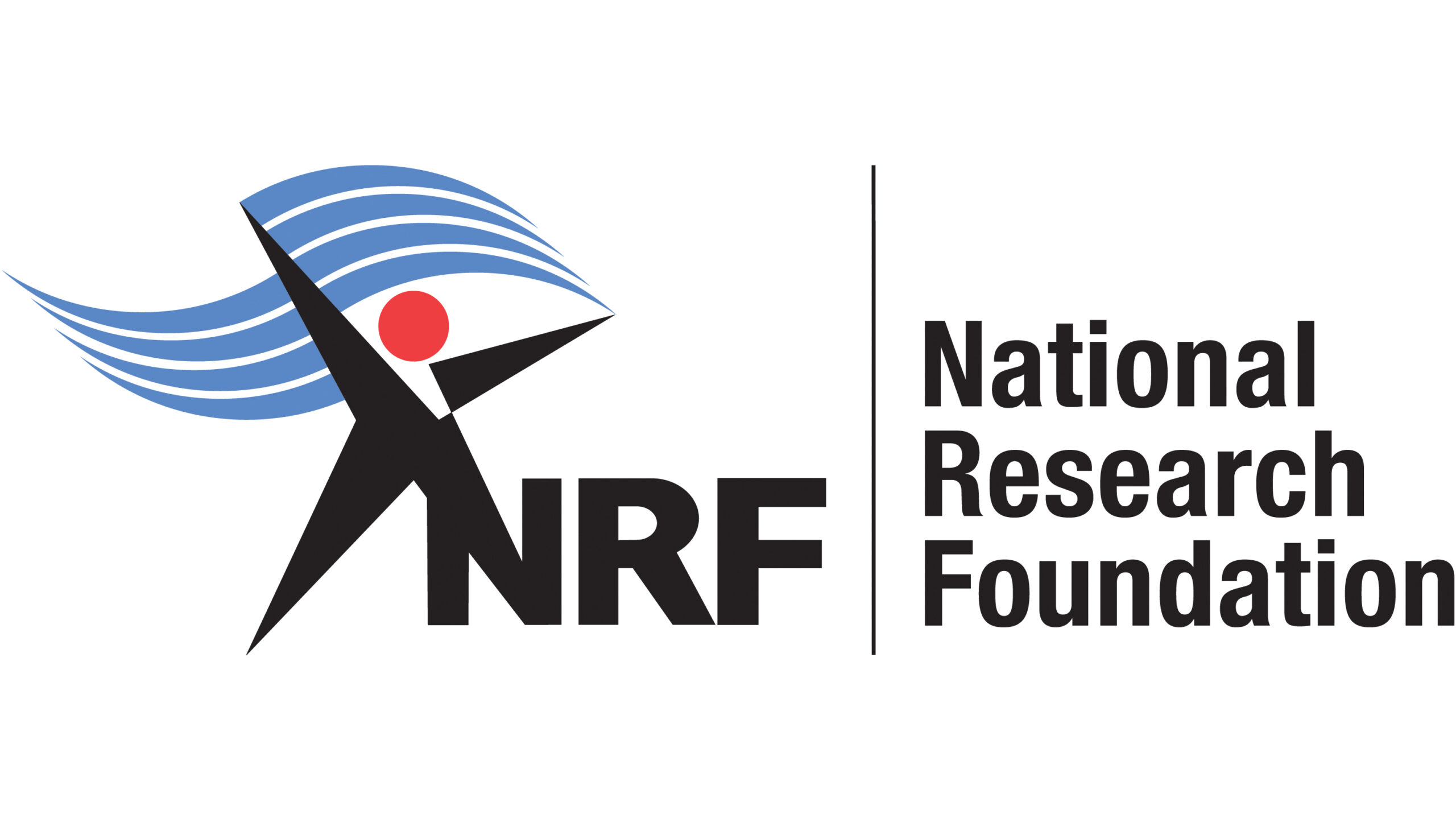
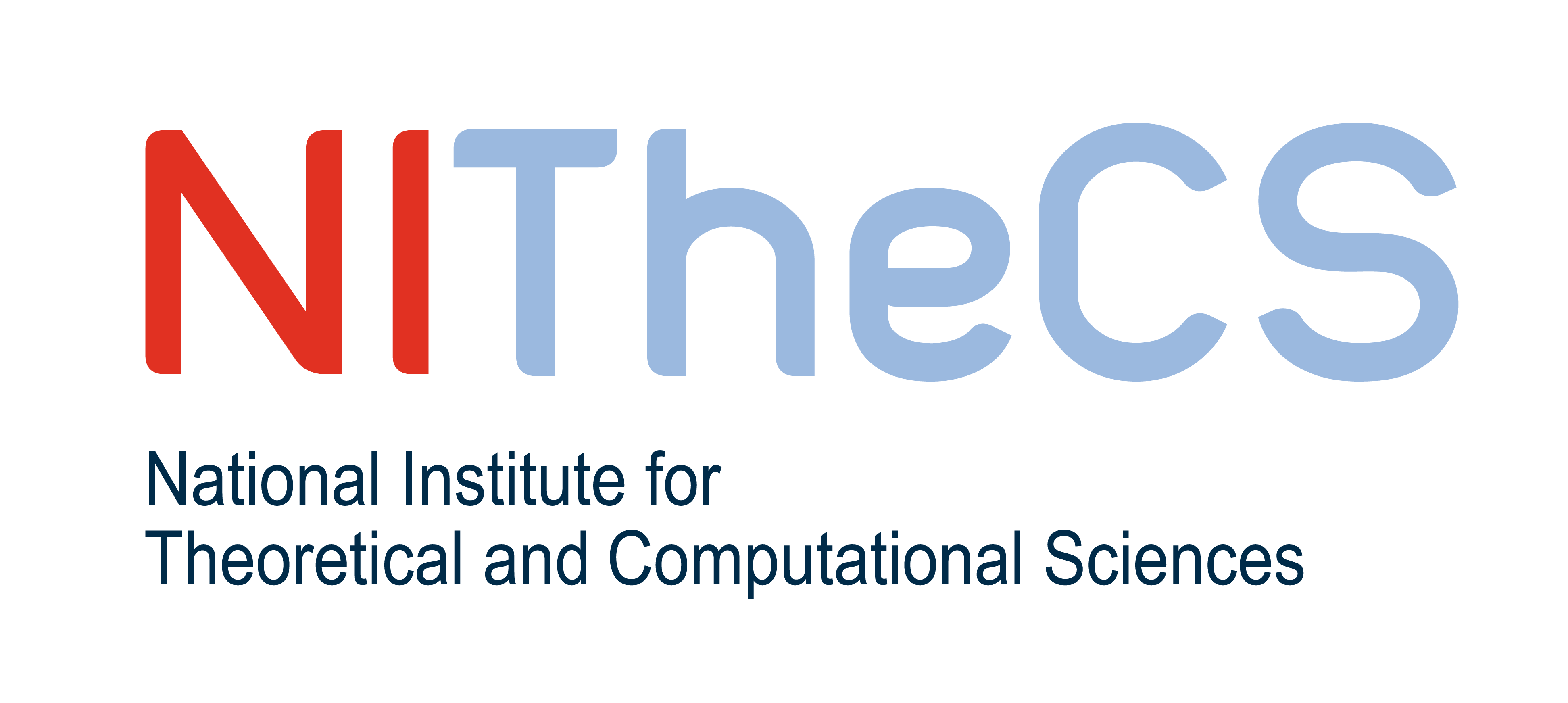
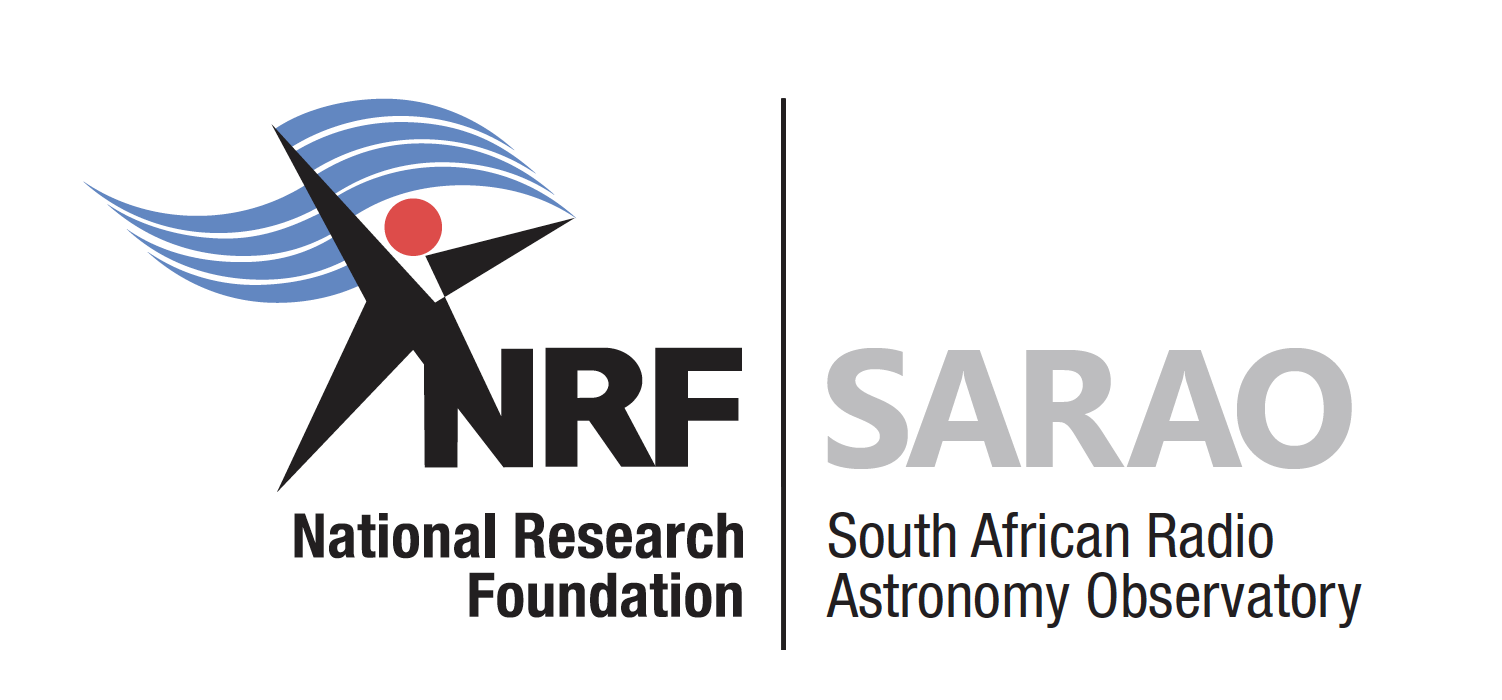
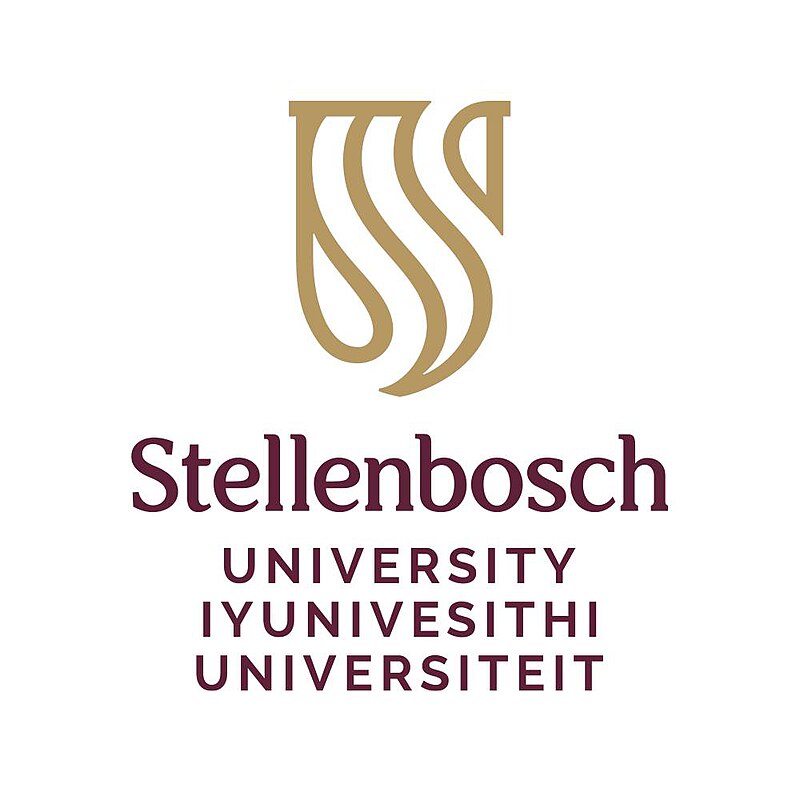
Career or Study Opportunity
PhD Scholarships for Stellenbosch-Groningen Joint PhDs in Astrophysics for 2024/2025 (Deadline: 7th August 2024)
Up to Ten PhD Scholarships for Joint PhDs in Astrophysics for 2024/2025
Funded under the Joint Chair for Computational Astronomy at Stellenbosch University, South Africa and the University of Groningen, the Netherlands.
The Joint Chair for Computational Astronomy at Stellenbosch University, founded in 2023 is a joint initiative of the Astrophysics Research Group in the Department of Physics in the Faculty of Science and involves collaborators from the faculties of Science, Engineering, the School for Data Science and Computational Thinking, the University of Groningen (Kapteyn Astronomical Institute), and other prestigious partners. In 2024, Stellenbosch University and the University of Groningen are poised to launch a Research Chair of Computational Astronomy, which will be co-led by Professor Yin-Zhe Ma (Stellenbosch) and Professor Leon Koopmans (Groningen). This initiative will drive pioneering research endeavours in astronomy and astrophysics, spanning various areas such as the Epoch of Reionization, galaxies and the large-scale structure of the Universe, cosmic microwave background radiation, neutron stars and black holes, neutrino cosmology, and the indirect detection of dark matter. The Research Chair plays a pivotal role in several significant astronomical projects in South Africa, including the MeerKAT telescope, MeerKAT Extended Array, Hydrogen Epoch Reionization Array (HERA), LOFAR telescope, and maintains robust formal collaborations with esteemed projects such as the LSST project (Vera C. Rubin Observatory), SKA Science Working Groups, FAST and Euclid telescope, and CMB Stage-4 survey. Under this initiative, up to ten fully-funded Joint-PhD scholarships (four years) are available (see the attached project list).
Criteria
We seek excellent students with a strong background in (astro)physical, engineering, or computer sciences, depending on the specific projects, who desire to obtain a Joint-PhD degree from a top-ranked European and a top-ranked South African university.
To be eligible to apply, a candidate must hold a Master’s or equivalent degree in Physics, Astronomy, Engineering, or Computer Science by the starting date of the enrolment (1 January – 31 March 2025). Previous research experience and skills will be important criteria for selection.
English is the common language spoken at both institutes, and proficiency in English is a requirement for acceptance. For more details, see: UG Admission Criteria
More detailed information on the individual projects offered, supervisors, requirements, and how to apply can be found at: UG Kapteyn Institute and SU Astrophysics Group
APPLICATIONS: Submit your application here
PhD SCHOLARSHIP VALUES and DURATION:
Programme structure: The PhD students will be registered at both SU and UG. The students will defend their PhD thesis at the University of Groningen and obtain a Joint-PhD degree from both universities. All PhD positions are fully funded for four years at the level appropriate for their stays in South Africa (~3 years) and the Netherlands (~1 year).
Stipend: In accordance with the regulations while resident at Stellenbosch University and while resident at the University of Groningen. The scholarship value is R 200,000 per year for four consecutive years. During the visiting period at UG (6-12 months), the student will receive an additional monthly top-up to align with the local standard for PhD students in the Netherlands.
Degree: Students will be registered at the graduate schools of both universities. They will defend their PhD thesis at Groningen University and receive a joint degree from Groningen University and Stellenbosch University.
Travel: Students will be encouraged and supported to present and participate in national and international conferences
Publication: Candidates are expected to publish at least two peer-review journal papers by the end of their studies.
Application deadline and Selection process
Publication Start Date: 15 June 2024
Application Deadline: 7 August 2024 (at midnight (23:59 SAST/CEST)).
Short-listing of candidates will continue until all positions are filled.
Interviews of shortlisted candidates are expected to start by 26 August 2024.
Final acceptance of the candidates will be completed by early October 2024.
USEFUL LINKS:
The Chair and the Astrophysics Group: https://physics.sun.ac.za/astro/
The Kapteyn Astronomical Institute: https://www.rug.nl/research/kapteyn/
Prof Yin-Zhe Ma:
Prof. Léon Koopmans
Joint Degree Program with Groningen:
- http://www.sun.ac.za/english/research-innovation/Research-Development/joint-degrees-at-stellenbosch-university
- http://www.sun.ac.za/english/SUInternational/partnerships-and-networks/partner-institutions-(2)
INQUIRIES: Please contact us via suugastro@gmail.com
PROJECT LIST (Attached):


